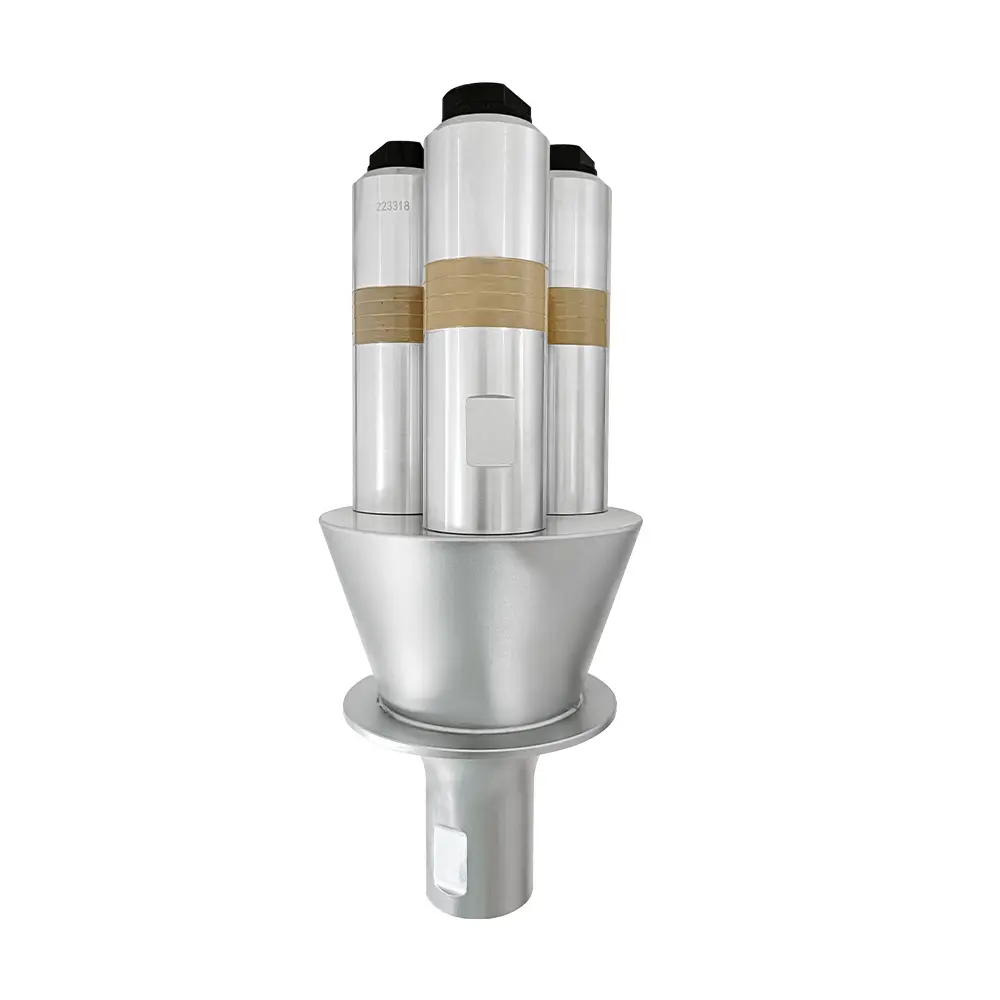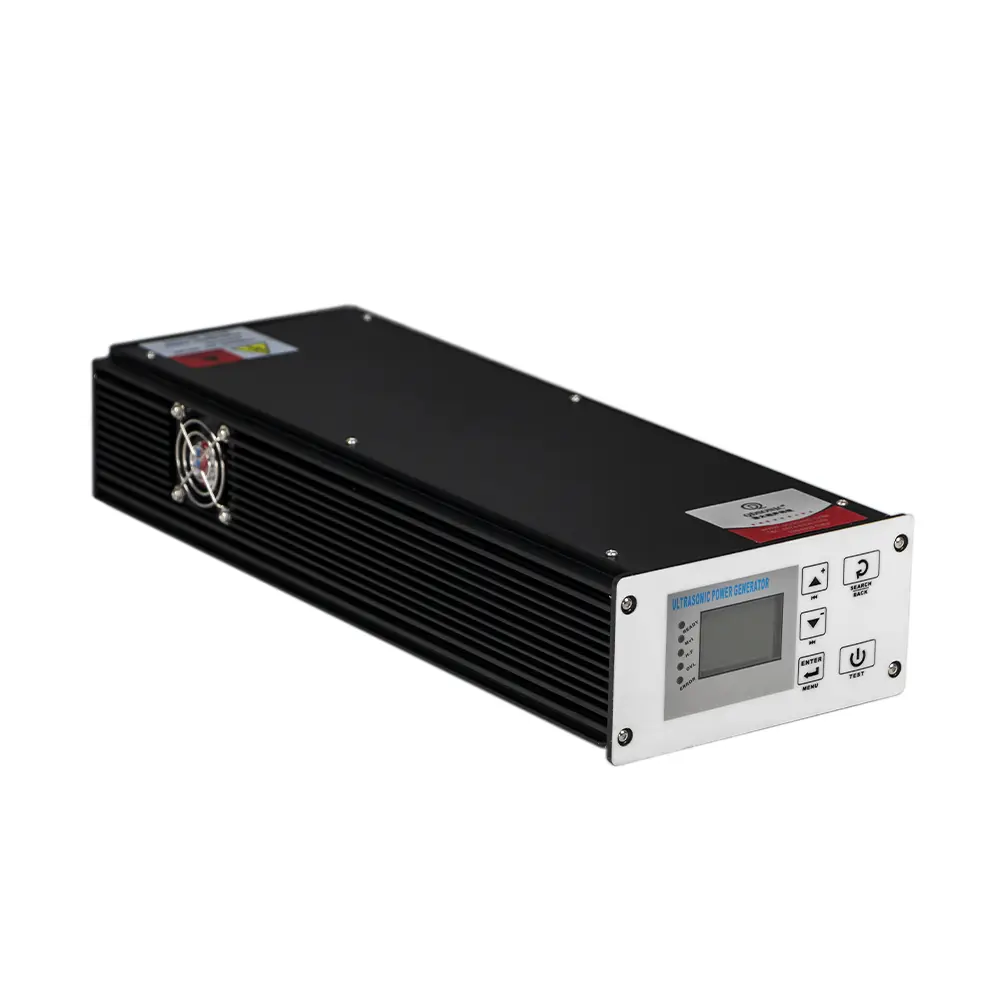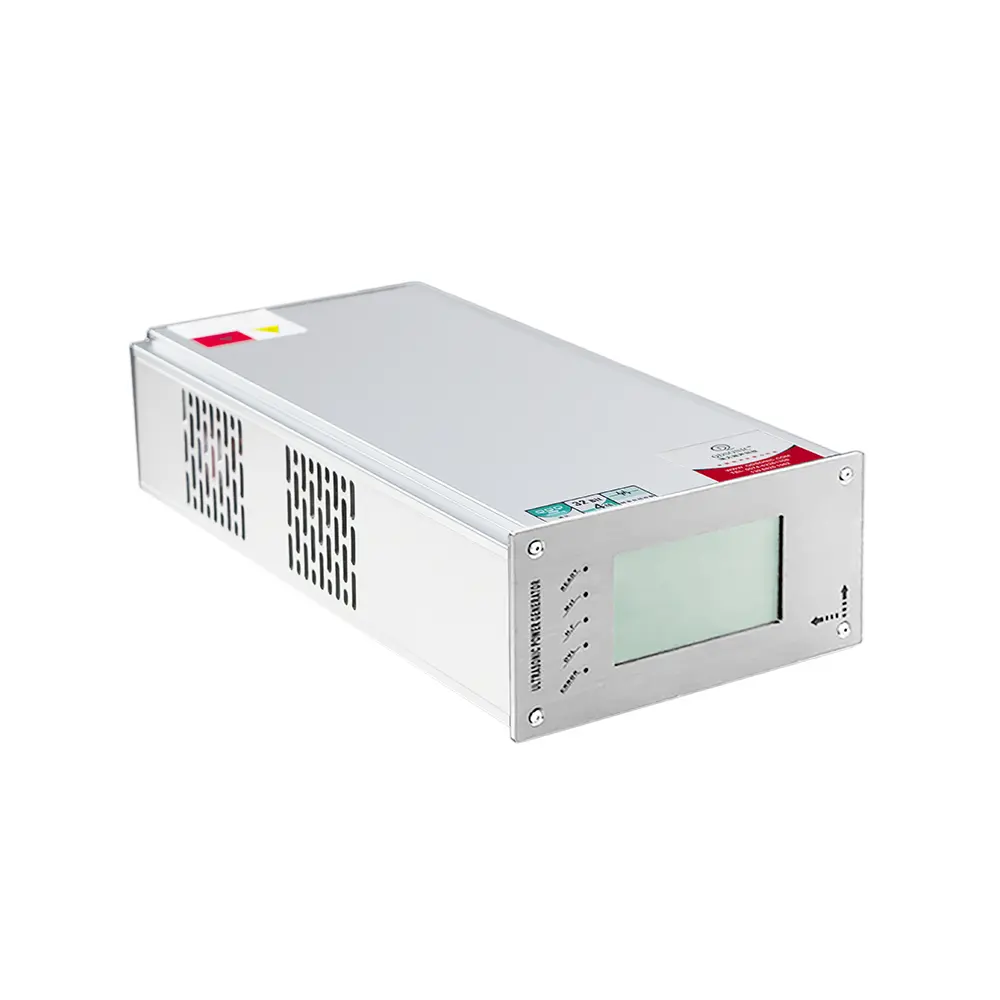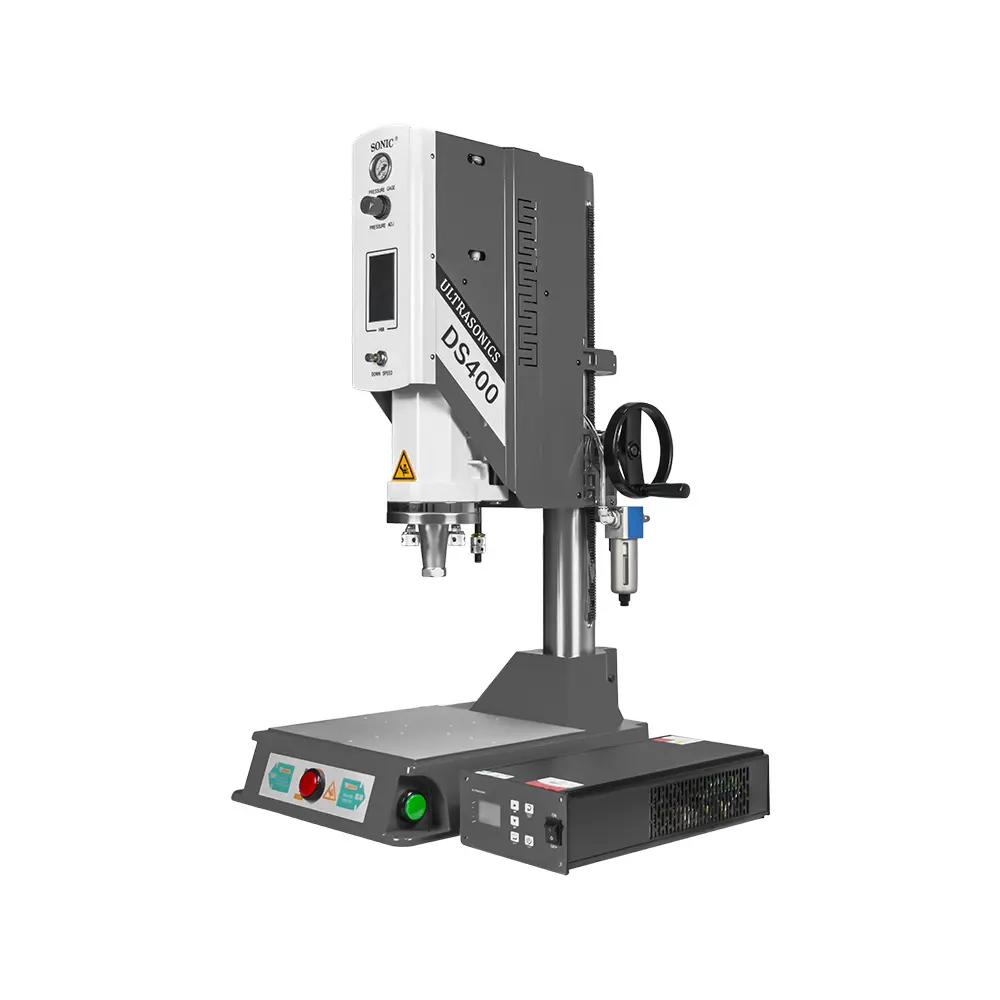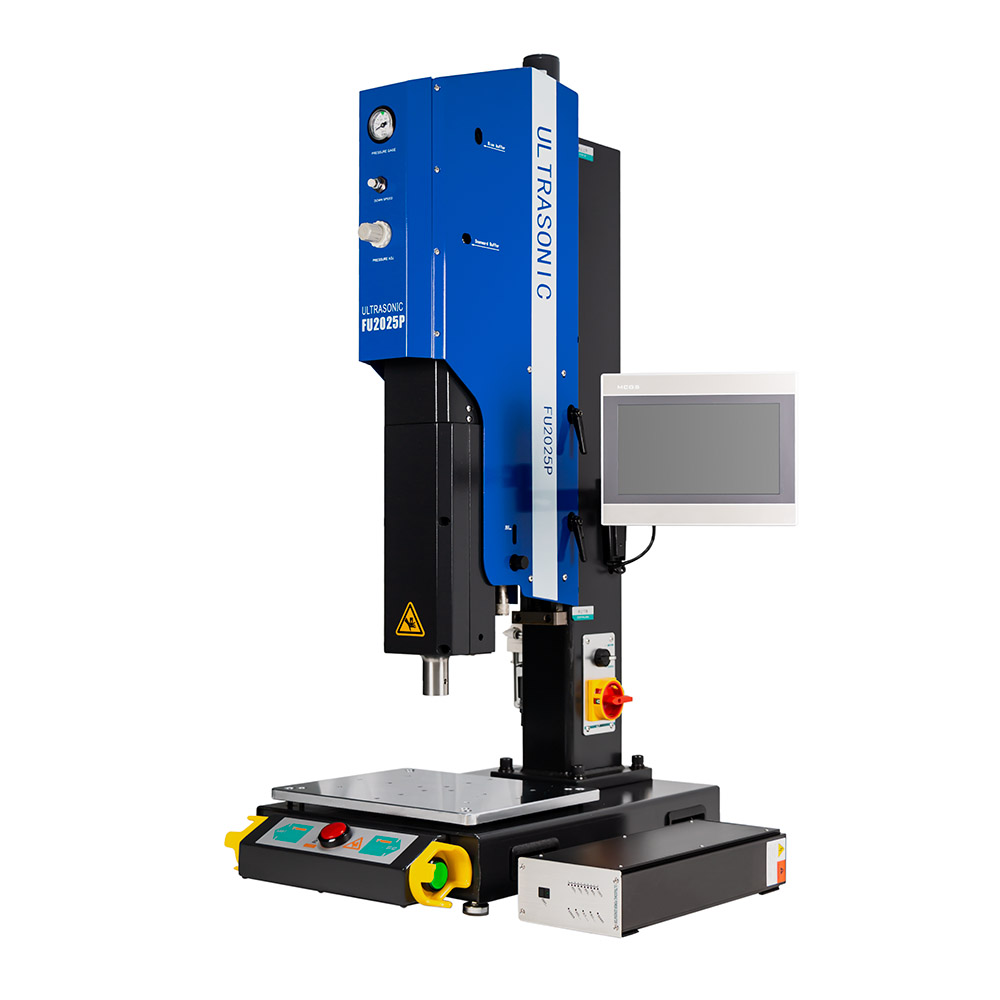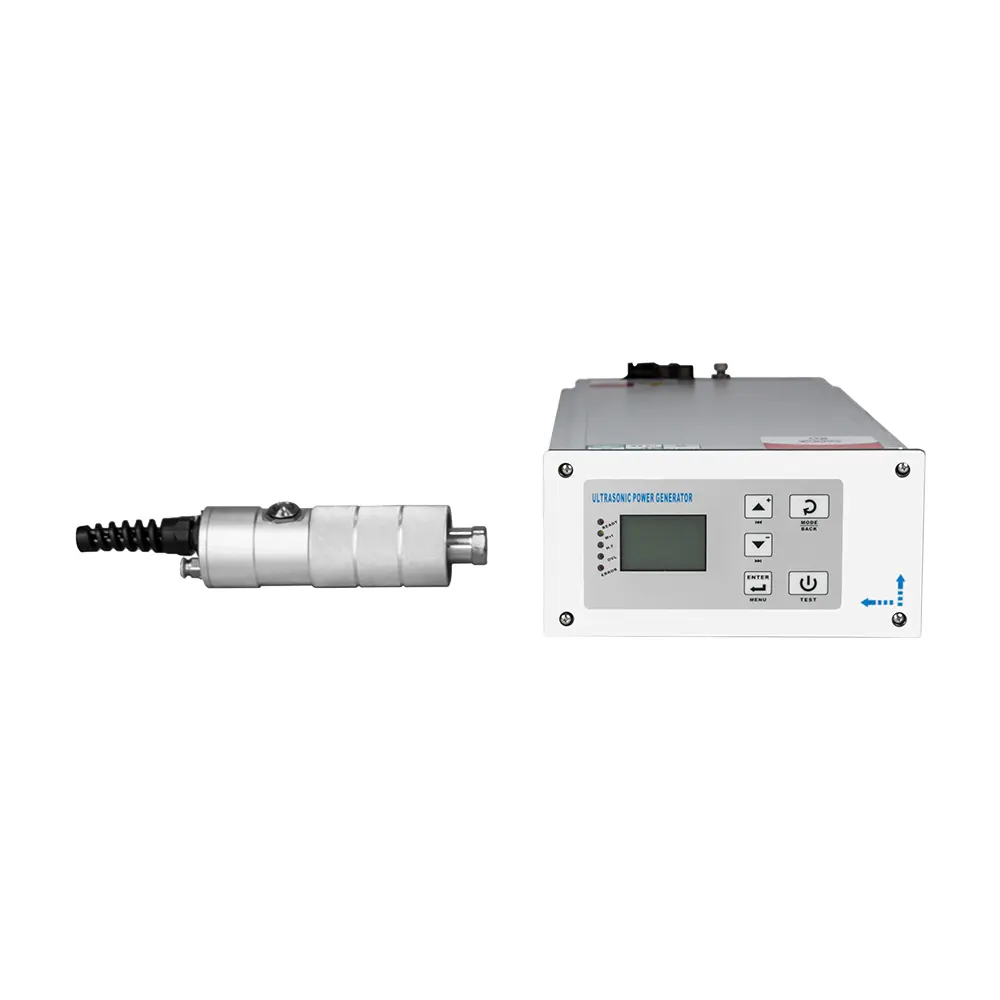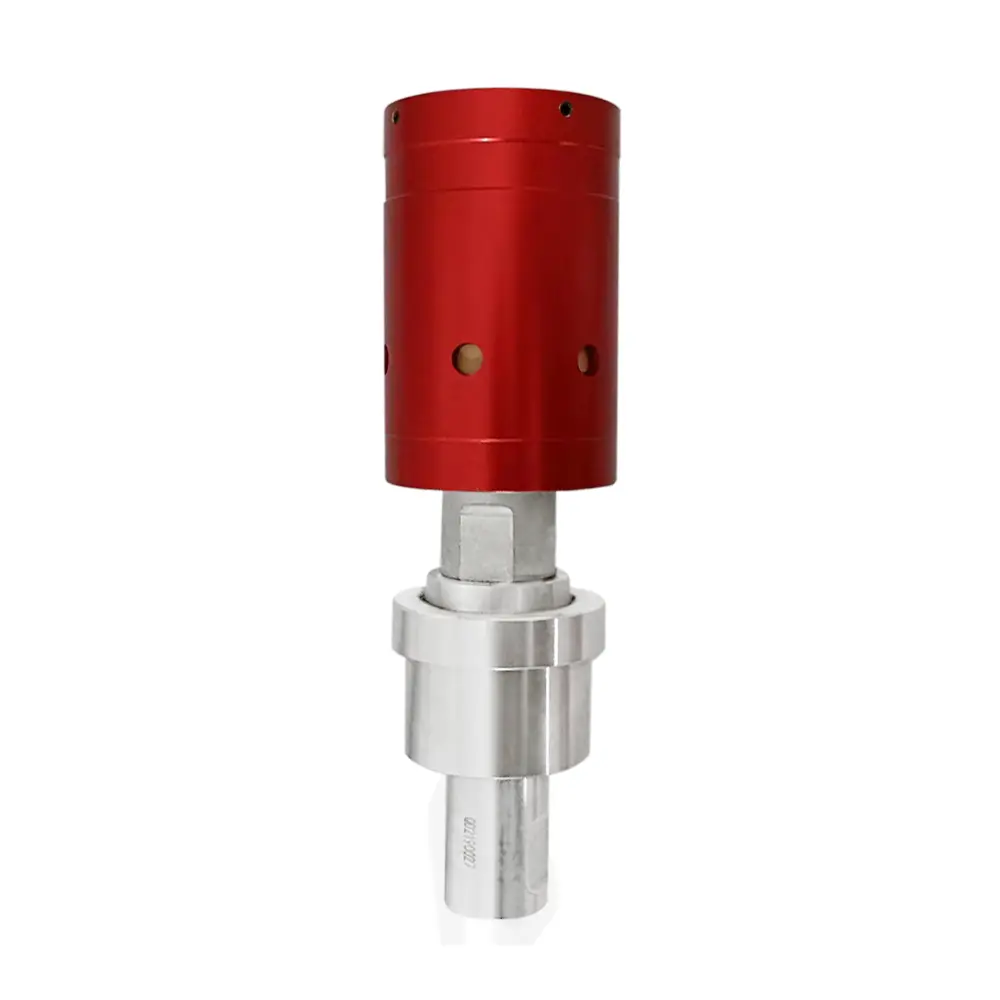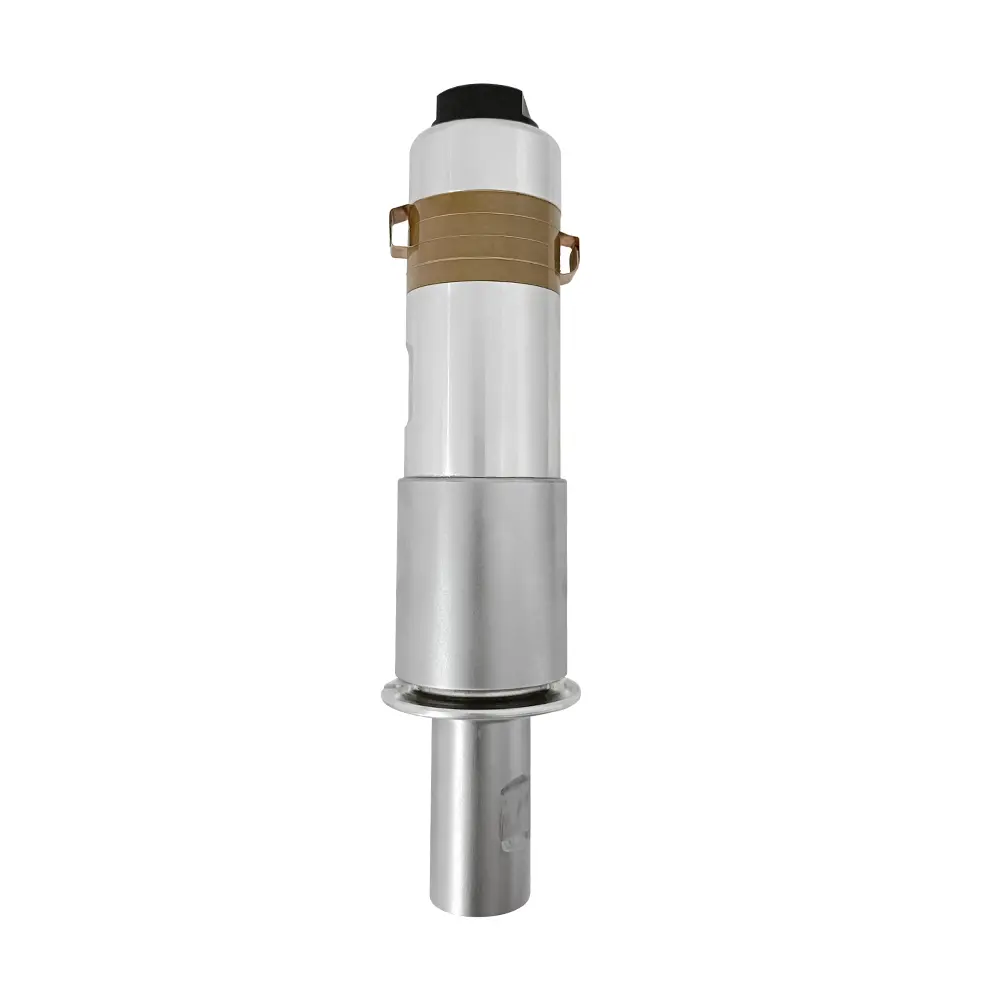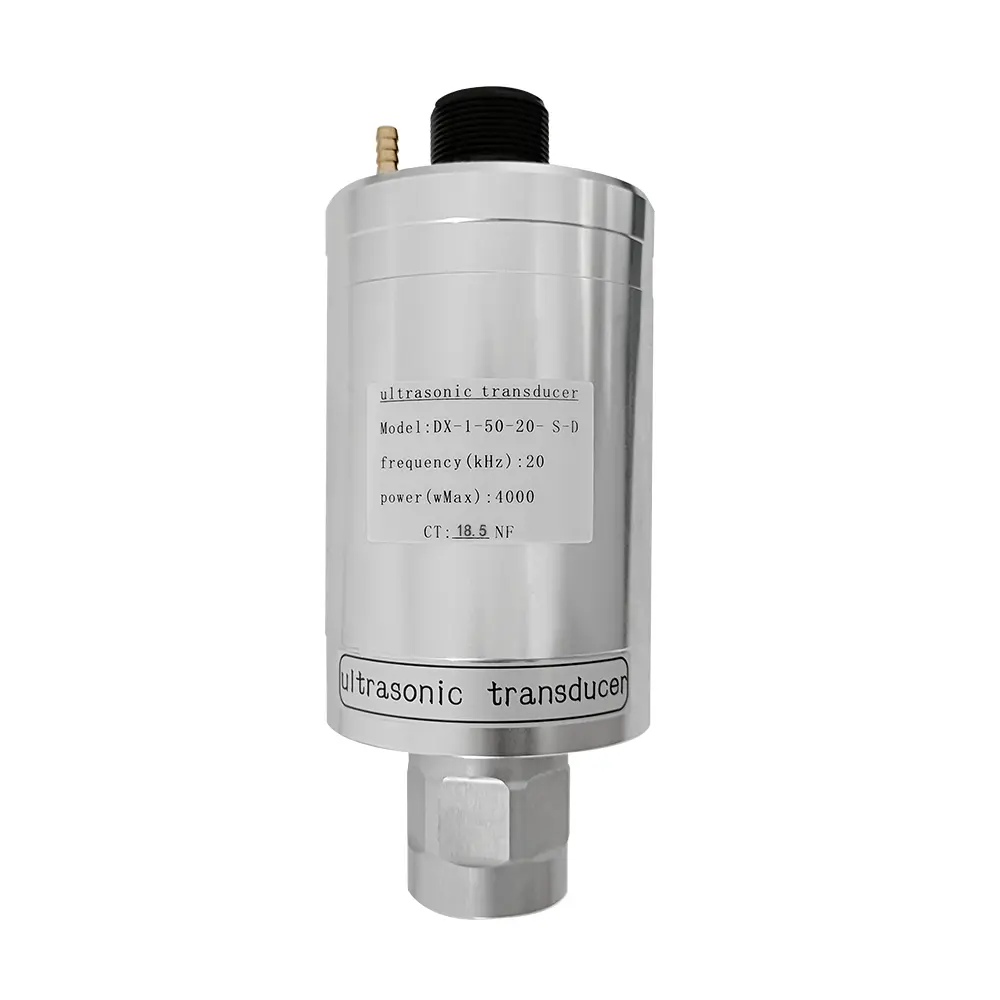01
High power ultrasonic transduce customizable
Product Description
Ultrasonic welding is achieved through the use of ultrasonic vibration generated by a transducer, which generates high-frequency vibration and frictional heat on the contact gap surface of the welded object under pressure, thereby achieving the purpose of cutting, cleaning, and hot melt welding.
Ultrasonic transducers have a wide range of applications, including industrial, agricultural, transportation, daily life, medical, and other industries. According to the implemented functions, it can be divided into ultrasonic processing, ultrasonic cleaning, ultrasonic detection, testing, monitoring, telemetry, etc; Divided by working environment into liquids, gases, organisms, etc.
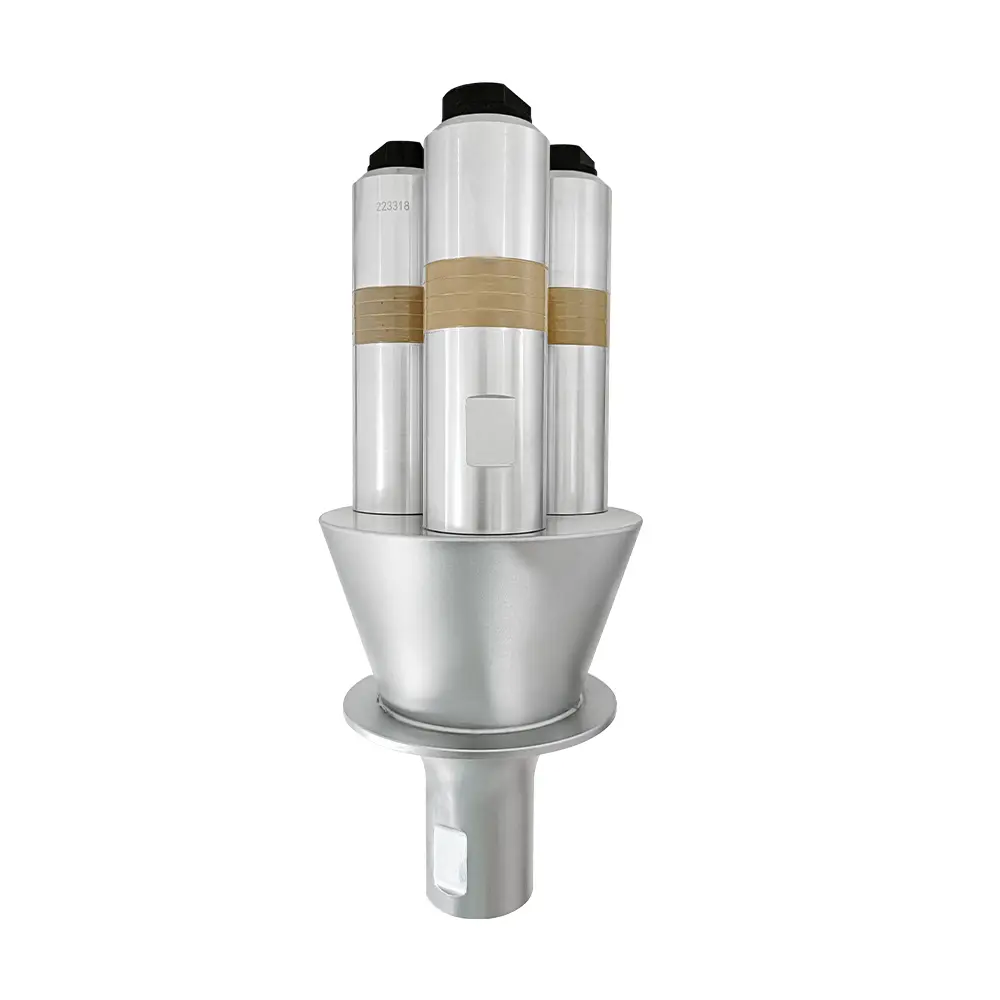
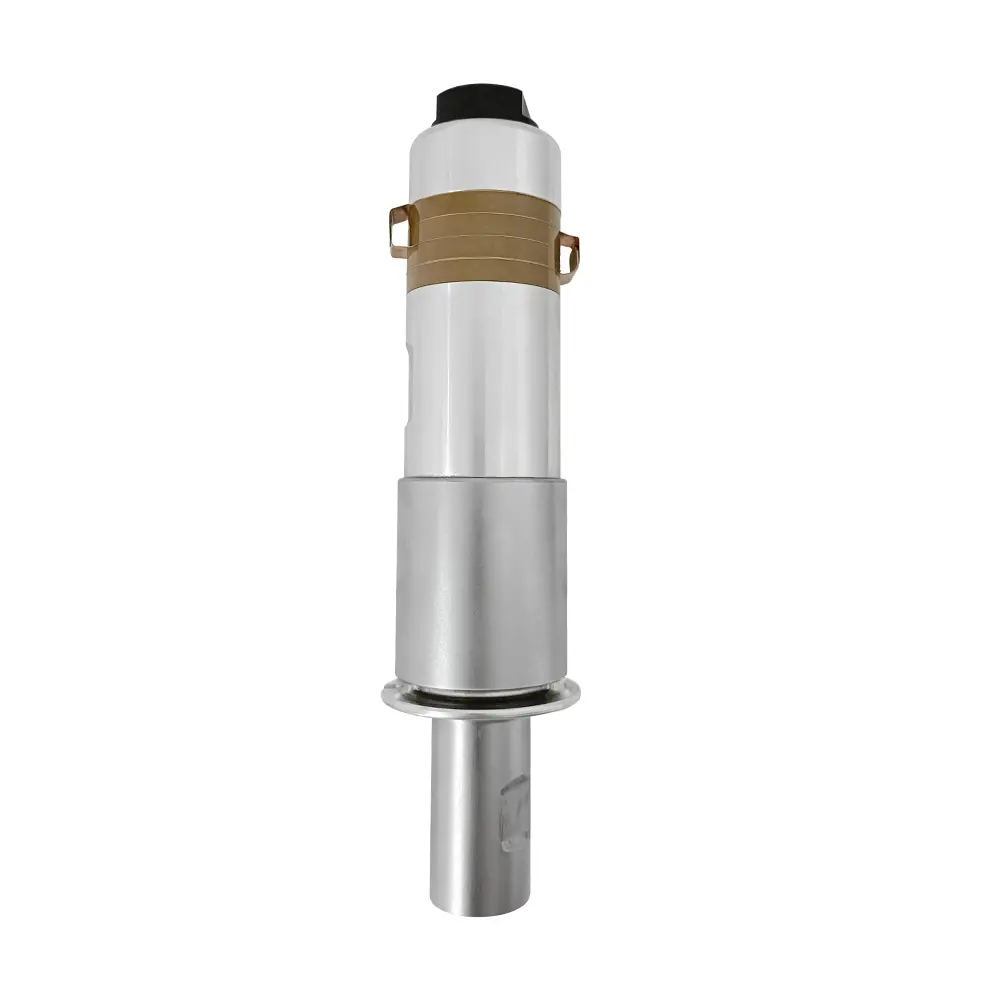
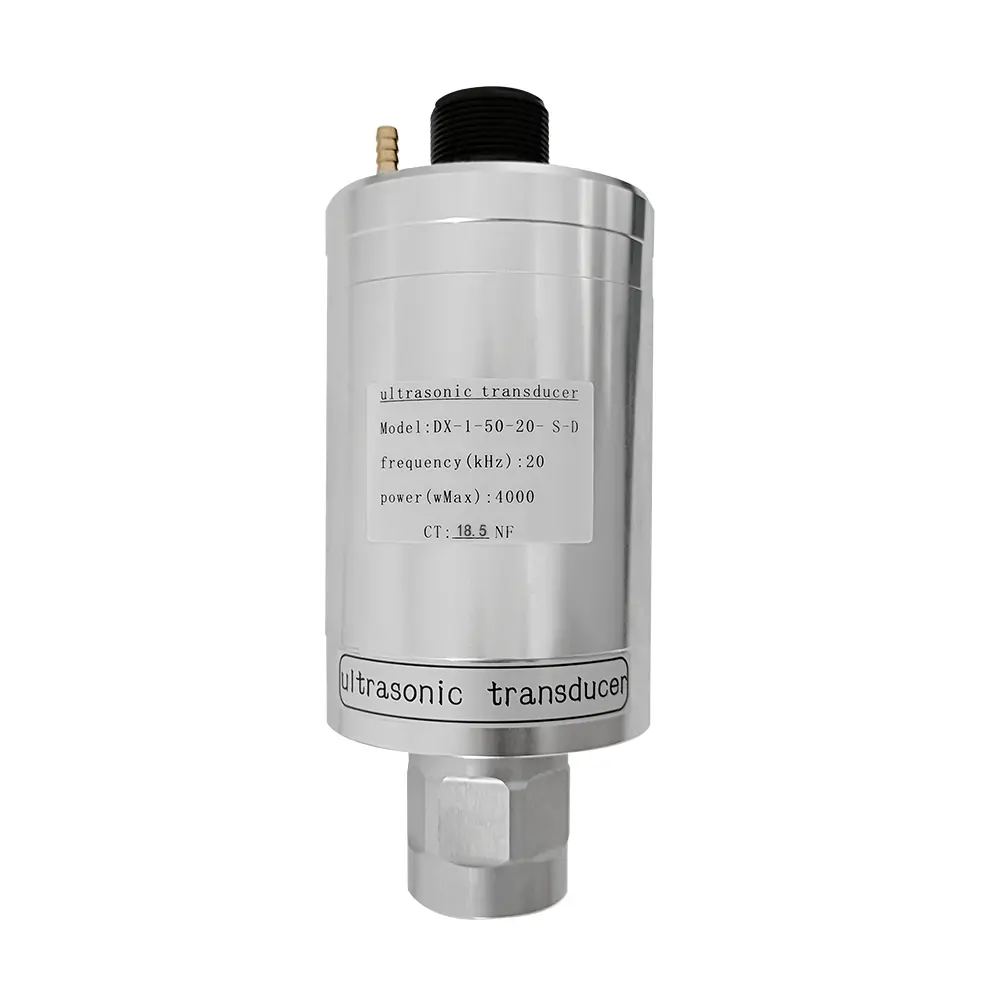
Product Advantages
● Low heat generation: less heat is generated during the working process, which reduces the heat damage to the welding material and ensures the welding quality.
● High Output Power: Provides powerful output power that can meet various welding needs and improve productivity.
● Low Resonance Impedance: Low resonance impedance enables the transducer to convert electrical energy into mechanical energy more efficiently during operation, improving overall performance.
● High Conversion Efficiency: Excellent energy conversion efficiency reduces energy loss and lowers operating costs.
● Complete power output: able to provide stable and complete power output to ensure the reliability and consistency of the welding process.
● Customizability: Provide customized solutions according to the specific needs of customers, adapting to different application scenarios.
● Long-time continuous operation: Designed for long-time continuous operation, suitable for high-intensity industrial applications, reducing downtime.
● Multi-functional applications: In addition to welding, it can also be used for cutting, cleaning and other applications, enhancing the versatility of the equipment.
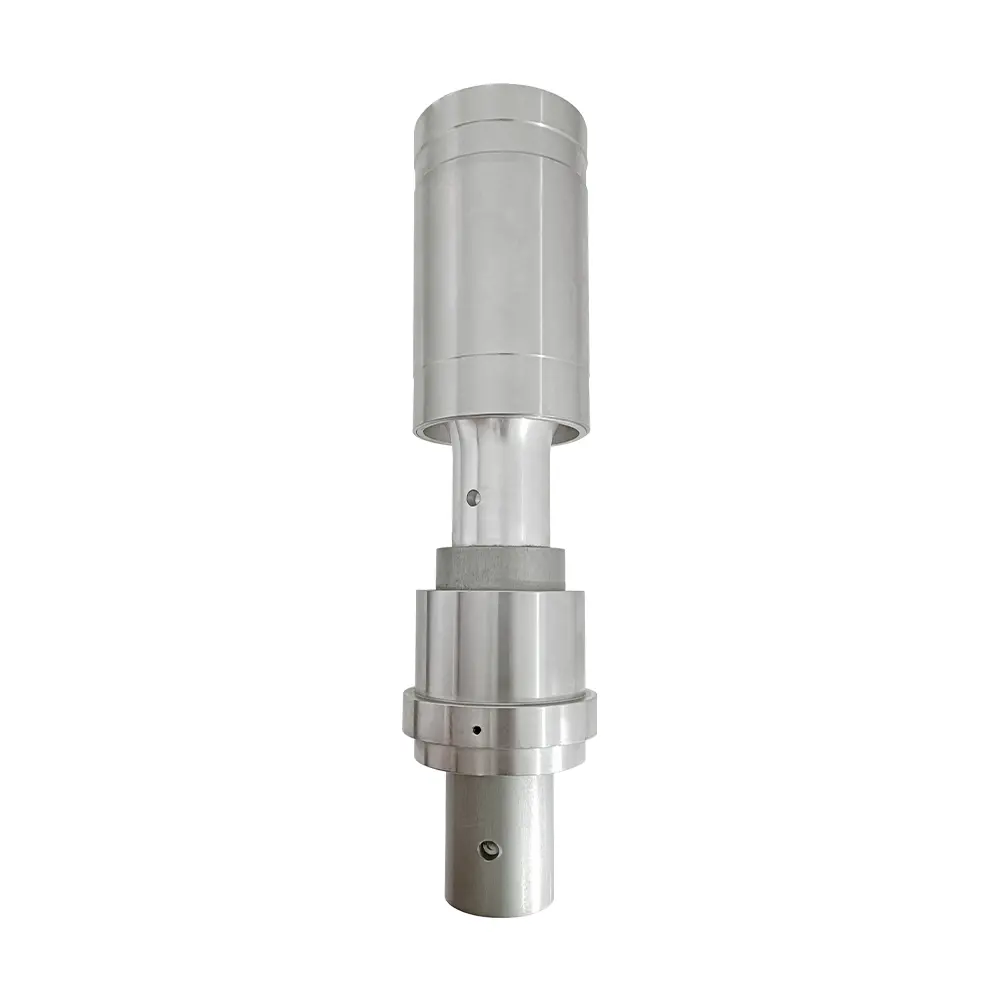
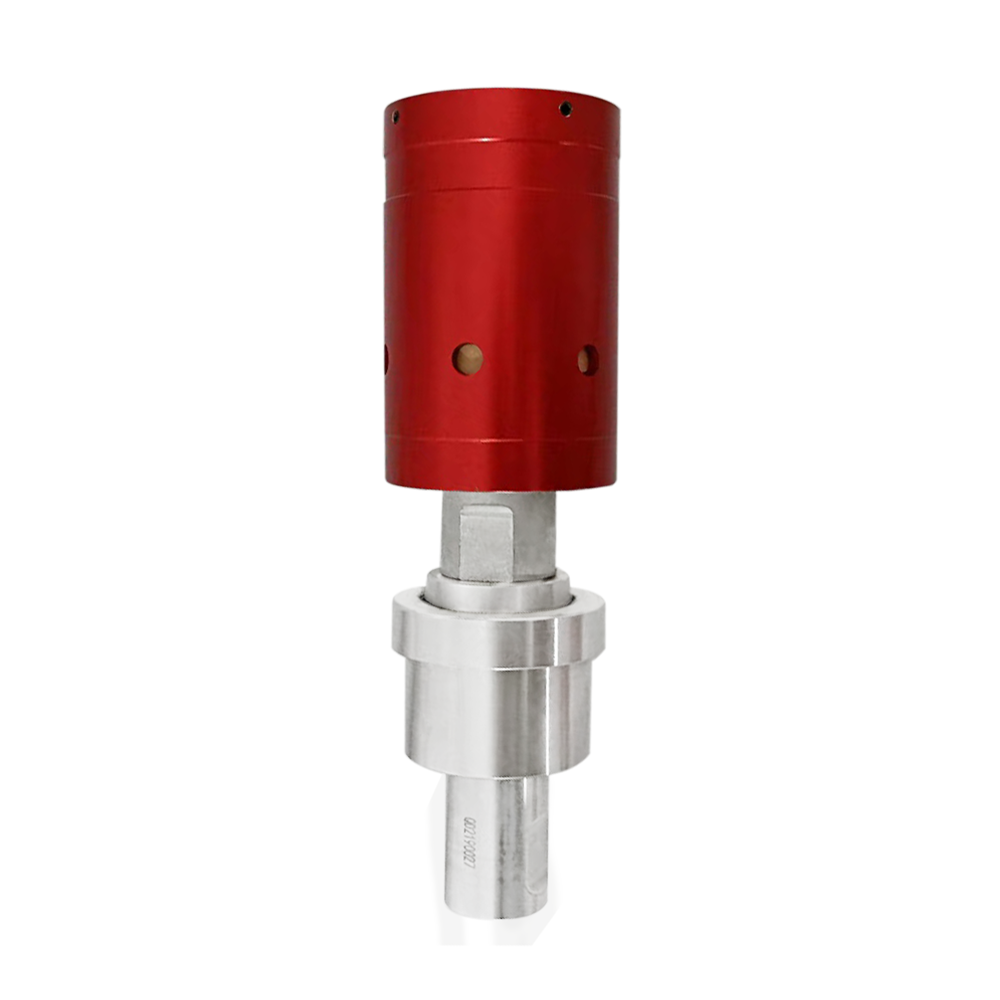

Product Precautions of use
1. Installation and commissioning:
To guarantee optimal performance, make sure the transducer is installed on a sturdy base and commissioned in compliance with the manufacturer's guidelines.
2. Power supply requirements:
To prevent voltage instability or overloading and to guarantee the unit operates safely, use a power source that satisfies the item's specifications.
3. Frequency and amplitude settings:
Verify that the frequency and amplitude settings are accurate prior to operation to prevent equipment damage or deterioration of welding quality.
4. Safety Protection:
To reduce the risk of unintentional harm, wear the proper PPE (gloves, goggles, etc.) when working.
5. Routine Maintenance:
Examine and maintain the transducer on a regular basis to guarantee optimal performance and promptly replace any worn or broken components.
6. Monitor working status:
While the equipment is in use, keep a close eye on its functioning, take note of any strange noises or vibrations, and stop the machine in time for an examination.
7. Operator training:
To prevent misuse, make sure operators are adequately instructed in the equipment's safety features and operating procedures.
8. Avoid overloading:
To avoid equipment damage or overheating, avoid overloading while using the device.
You may increase efficiency and safety by making better use of the high power ultrasonic transducer by being aware of these product benefits and usage guidelines.






